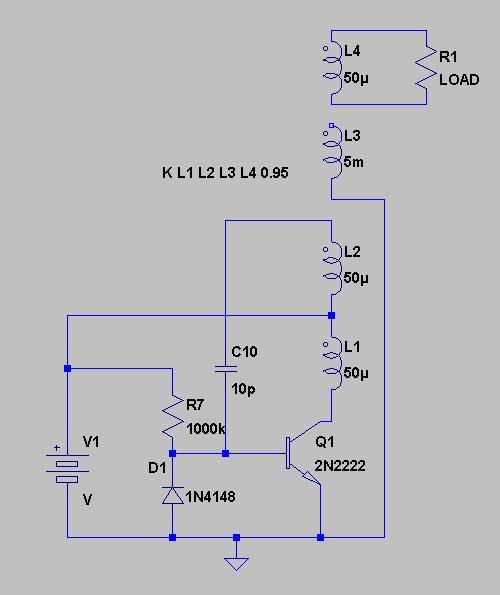@Woopy
I replicated your two flattened pancake coil design and got good results. It works.

@ Jiffycoil
Your bifilar coil looks like another winner and I'll try that next. There is so much information on packcake coil design that it is kinda hard to filter through it all. Tesla sure did like these things.

Cheers,
Lidmotor






Leave a comment: